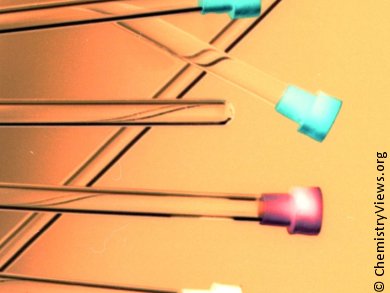Nuclear magnetic resonance (NMR) spectroscopy is a sophisticated and powerful analytical tool despite its intrinsic insensitivity. Researchers at the University of York, UK, and pharmaceutical company AstraZeneca in Loughborough and Macclesfield, UK, have demonstrated that they can carry out Signal Amplification By Reversible Exchange (SABRE) which boosts the spectral lines by 1000 times. This hyperpolarization technique uses para-hydrogen as the source of polarization.
This allows much lower concentrations of analytes to be examined. 1D experiments and 2D COSY experiments can be carried out in seconds rather than the months usually required to acquire an adequate signal-to-noise ratio in the spectra. The team points out that SABRE can be tuned to focus on specific aspects of the bonding in a given analyte. They also point out that for 1D proton NMR enhancement can be even higher, an 8600-fold sensitivity boost has been demonstrated with pyridinde.
- Utilization of SABRE-Derived Hyperpolarization To Detect Low-Concentration Analytes via 1D and 2D NMR Methods,
Lyrelle S. Lloyd, Ralph W. Adams, Michael Bernstein, Steven Coombes, Simon B. Duckett, Gary G. R. Green, Richard. J. Lewis, Ryan E. Mewis, Christopher J. Sleigh,
J. Am. Chem. Soc. 2012.
DOI: 10.1021/ja3051052 - SABRE technique



